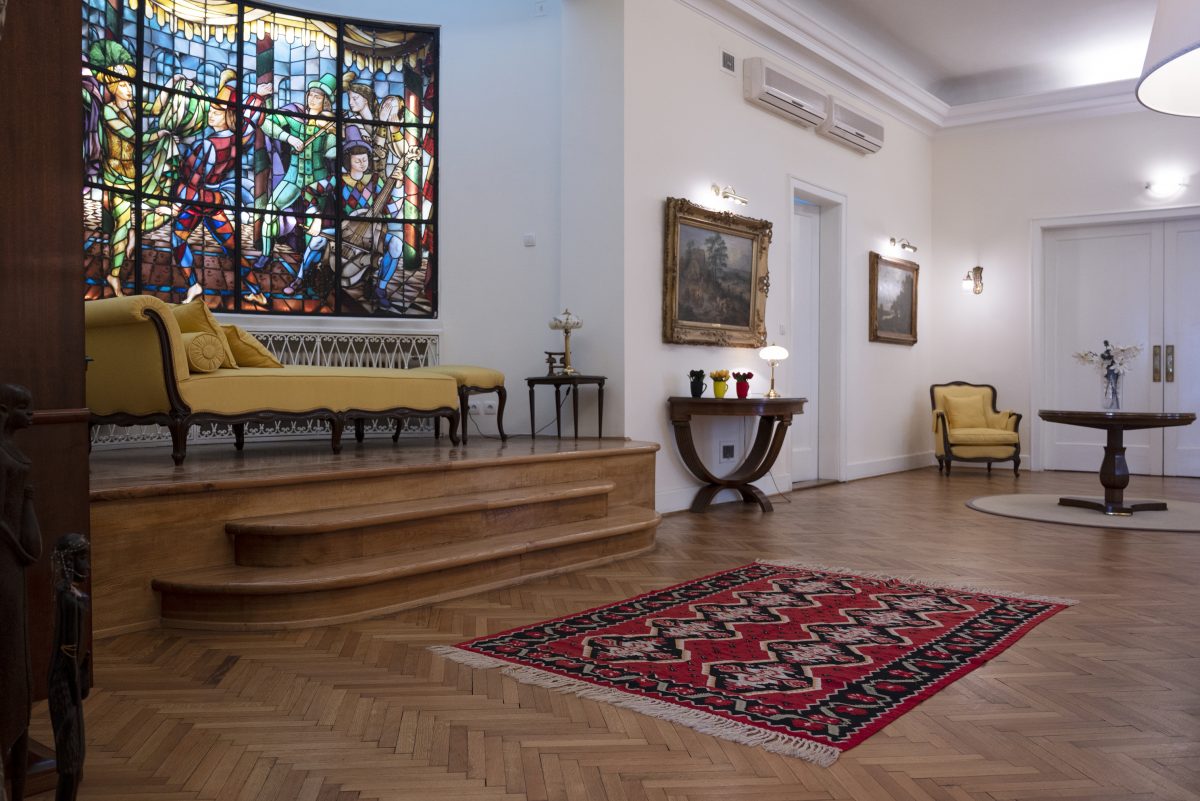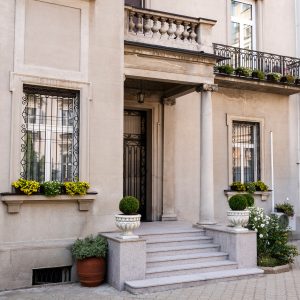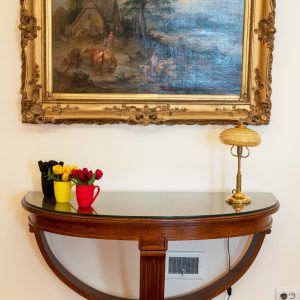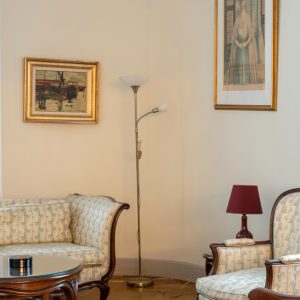By H.E. Adam Koenraad, Belgian Ambassdor to Serbia
The building has been constructed by the Obrenović family, at the end of the 19th century. It became the home of Draga Mašin wife of King Aleksandar Obrenović.
It is a real privilege to live in the Belgian Residence, right in the center of Belgrade, close to Serbia’s political and socio-cultural heartbeat. Parliament, Presidency, the seat of Government and City Hall are within walking distance. This also gives me the luxury to leave my car behind, a modest contribution to a healthier Belgrade.
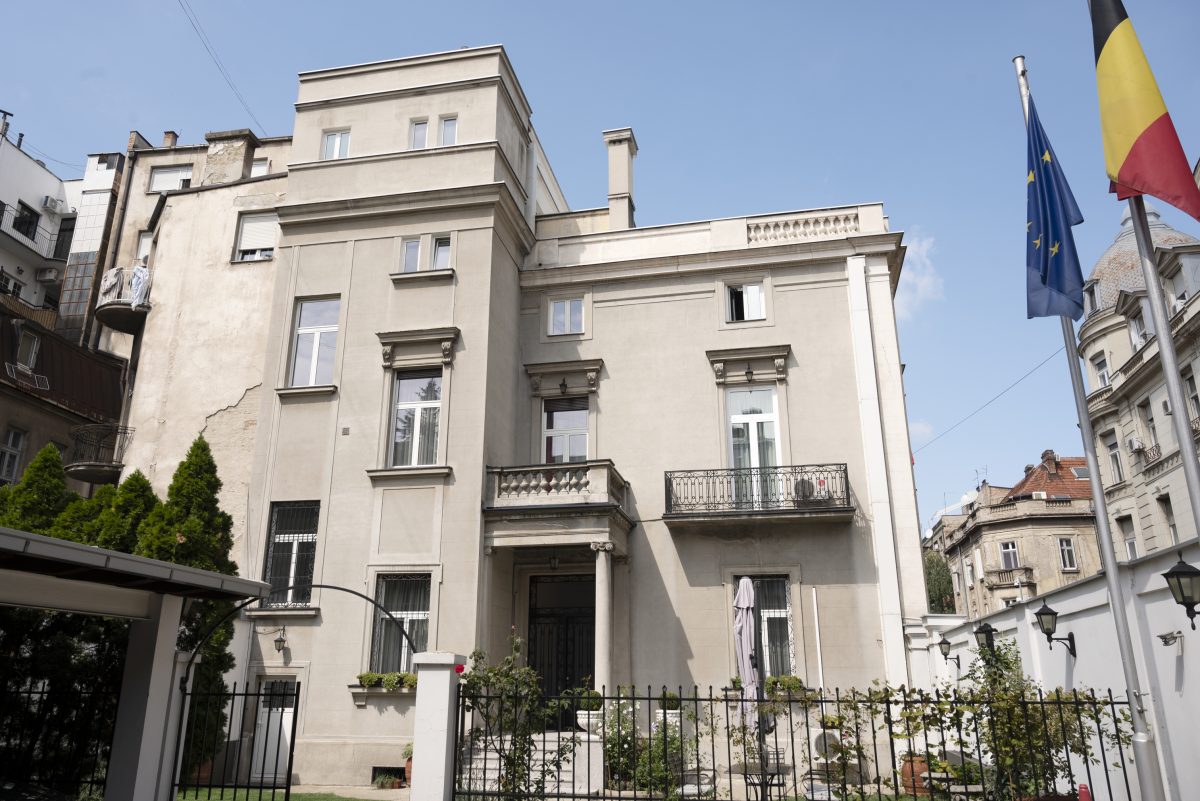
Drawing up the history of the Residence has been a challenge for many of my predecessors. They all have been confronted with a shortage of factual documents that would have shed a light on this. The bombing of the Embassy compound during the Second World War and the looting of our archives in 1960, -when the Embassy premises were invaded by hundreds of demonstrators, who ventilated their anger over the Lumumba assassination-, have left us with a few historically verified sources. We are still trying to put this jigsaw together. I take this opportunity to launch an open appeal to all your readers who could help us in this endeavor.
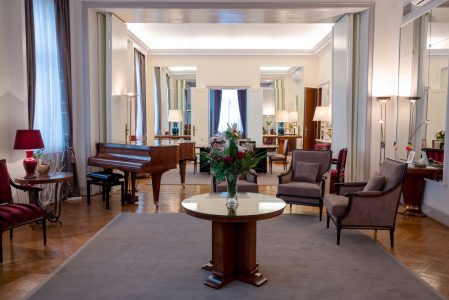
What we do know today is a mixture of facts, legends and myths that have thrived well in the absence of archives. The beauty of all this is the link between the building and some of the most important persons and spectacular events in Serbian history. Facts and fiction blend nicely, in what definitely makes up a fascinating story.
The building has apparently been constructed by the Obrenović family, at the end of the 19th century. It became the home of Draga Masin, a lady in waiting in King Milan’s court and the later mistress and wife of King Aleksandar Obrenović. When she left the house, her sister allegedly came to live here with her daughter. Queen Draga tried in vain to designate the girl as heir to the throne. The dramatic events in 1903 that lead to the assassination of the King and the Queen, gave room to another legend, vividly described by former Belgian Ambassador Trouveroy in a column in a Belgian newspaper. The Queen’s brothers – in the meantime also presented as possible successors- had to hide in the garden of the house, under a prune tree. They didn’t escape from the wrath of the assailants though. They were captured, brought to the river and killed, at least according to the Ambassador’s version of events.
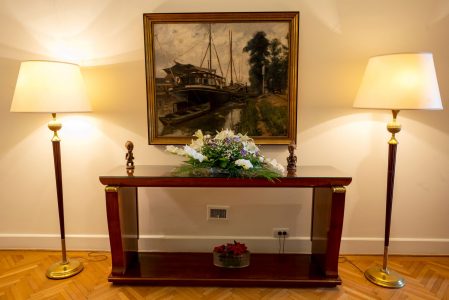
Interestingly enough these legends have also another, partially verified and equally colorful dimension. The Residence building was linked with underground tunnels to buildings in the neighborhood. Some say this constituted the ‘romantic’ connection between the King and his mistress. For the curious reader, I may add: no, sorry, those tunnels don’t exist anymore, they have been closed down some time ago!
After the First World War, the building was acquired by the Belgian legation in 1920, something we could verify with a document in the Belgian Foreign Ministry archives. The modalities of this sale are not completely clarified. According to one version the plot was graciously put at the disposal of Belgium by King Aleksandar Karadjordjević, in recognition of Belgian support to independent Serbia and our sacrifices during the war.
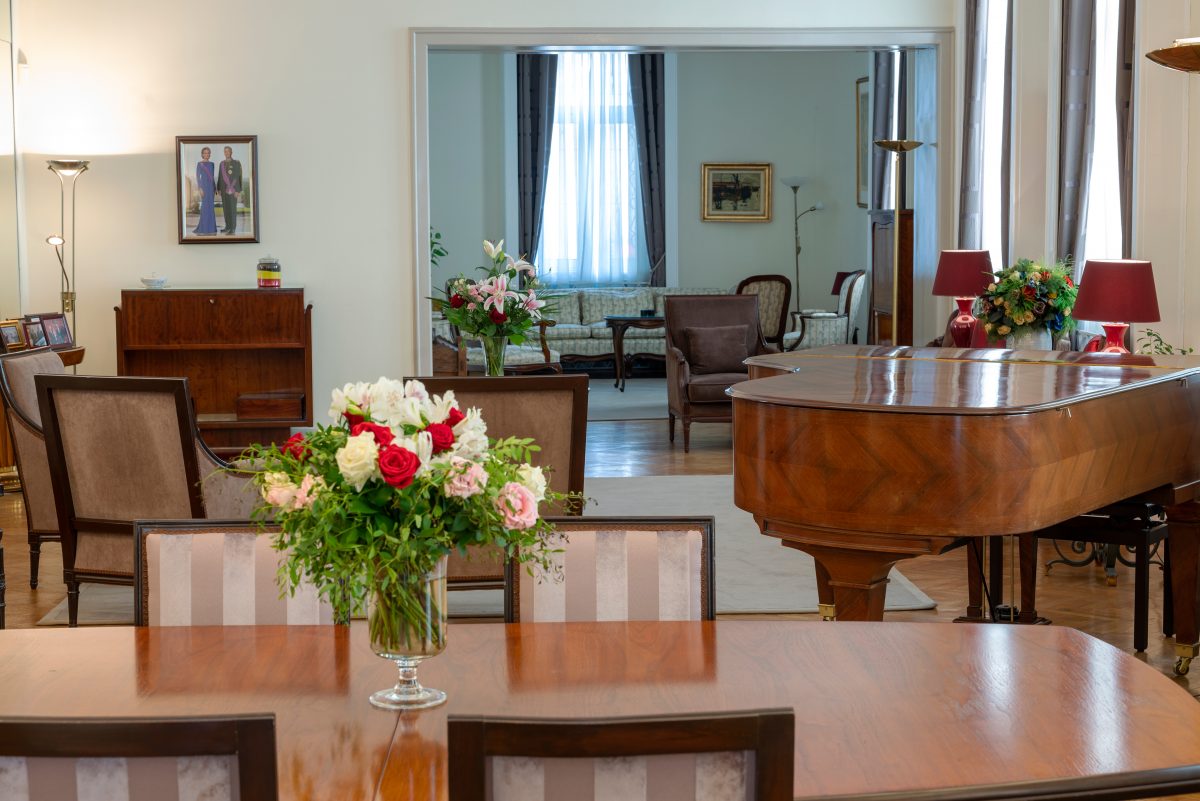
The second World War lead to the complete destruction of the house that was rebuilt in 1947, by a yet unknown architect. It is clear that he was inspired by the art déco style when designing the current building. This style is also reflected in the furniture,- tables, display cabinets and cupboards-, as well as in the indirect ceiling lighting, the sliding doors with art déco elements, the wrought iron gates and doors, art déco lamps and a marble fireplace that all fit together in elegant harmony with the spacious salons.
Over time some Louis XV and XVI style seats were brought in, but the overall art déco ambience was preserved, thanks as well to some important refurbishing efforts by my predecessors.
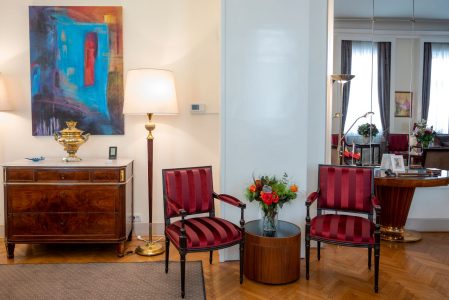
Some features stand out and give these spaces their charming character: the graceful art nouveau style staircase, that leads to the private apartment. The ‘Salon de Danse’, that borrows its name from the big stained glass « La Danse”, in front of which an elegant chaise longue invites for leisurely rest. Walls are decorated with old paintings, one of which by 17th century Flemish school master Michau, and a portrait of the charming Queen Astrid.
As is the case in most Residences, you will find some traces of our own professional trajectory with souvenirs from various countries. Our latest acquisition, a beautiful Kilim carpet from Pirot, will henceforth be part of this nostalgic ensemble.
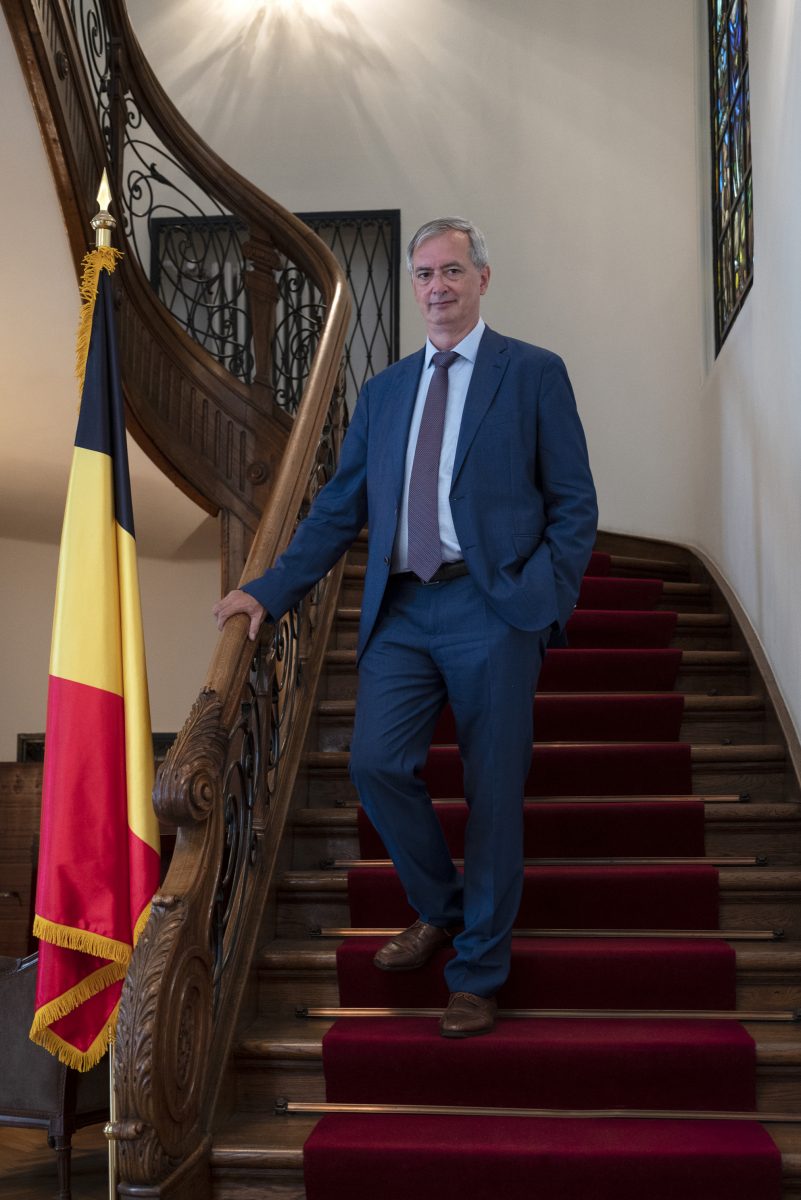
The big dining room caters for 24 people at a huge English style mahogany dining table. This proved to be very convenient in Covid times for meetings where physical distance needed to be respected. ‘Piece de résistance’ in this room is the spectacular crystal chandelier, brightly reflected in the mirror wall.
We managed to fit in our Paul Delvaux lithographic ‘L’impératrice’ in one of the spacious and airy reception salons, as a wink to the prestigious former occupant of this building. The Günther piano, recently completely overhauled, separates the classically decorated room from a more modern designed space, where lunch guests are hosted. The lithography self-portrait of Flemish painter Roger Raveel keeps a watchful eye.
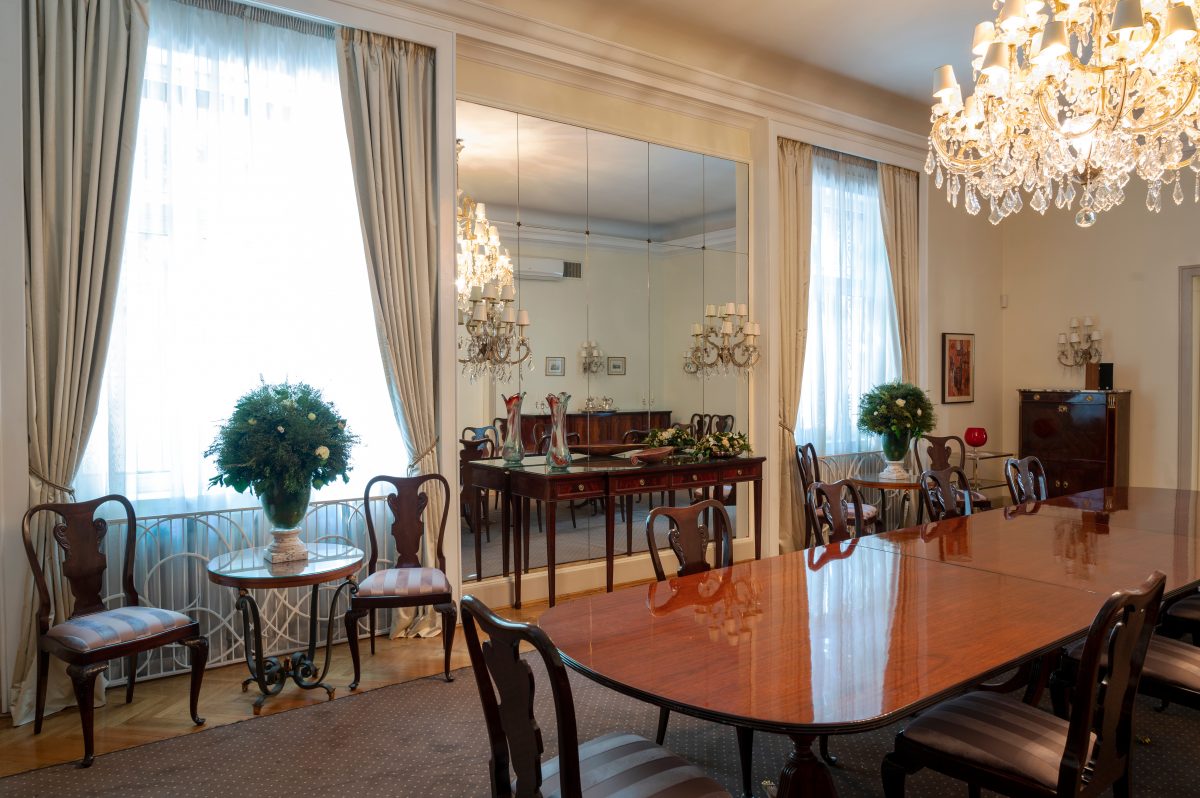
Though situated in the city centre we are still blessed with a small garden with sufficient space to host our national day receptions. My wife and I enjoy every moment in this pleasant environment, and we already regret the day we will have to leave this place and its fabulous history, real or imagined!
